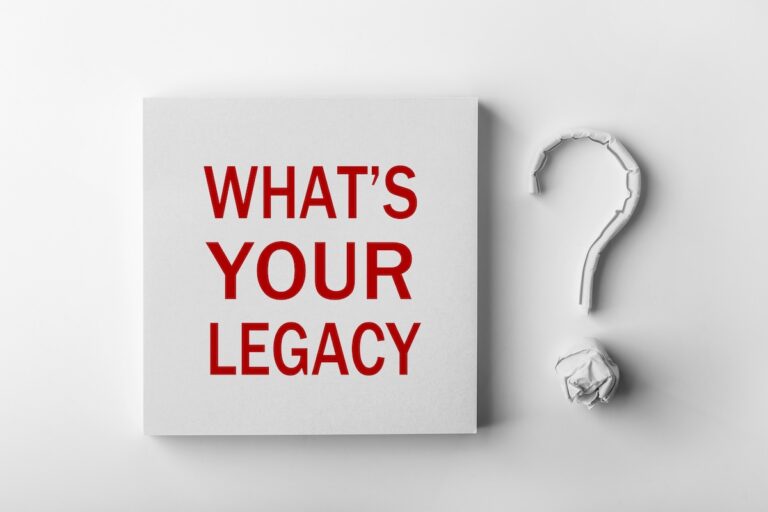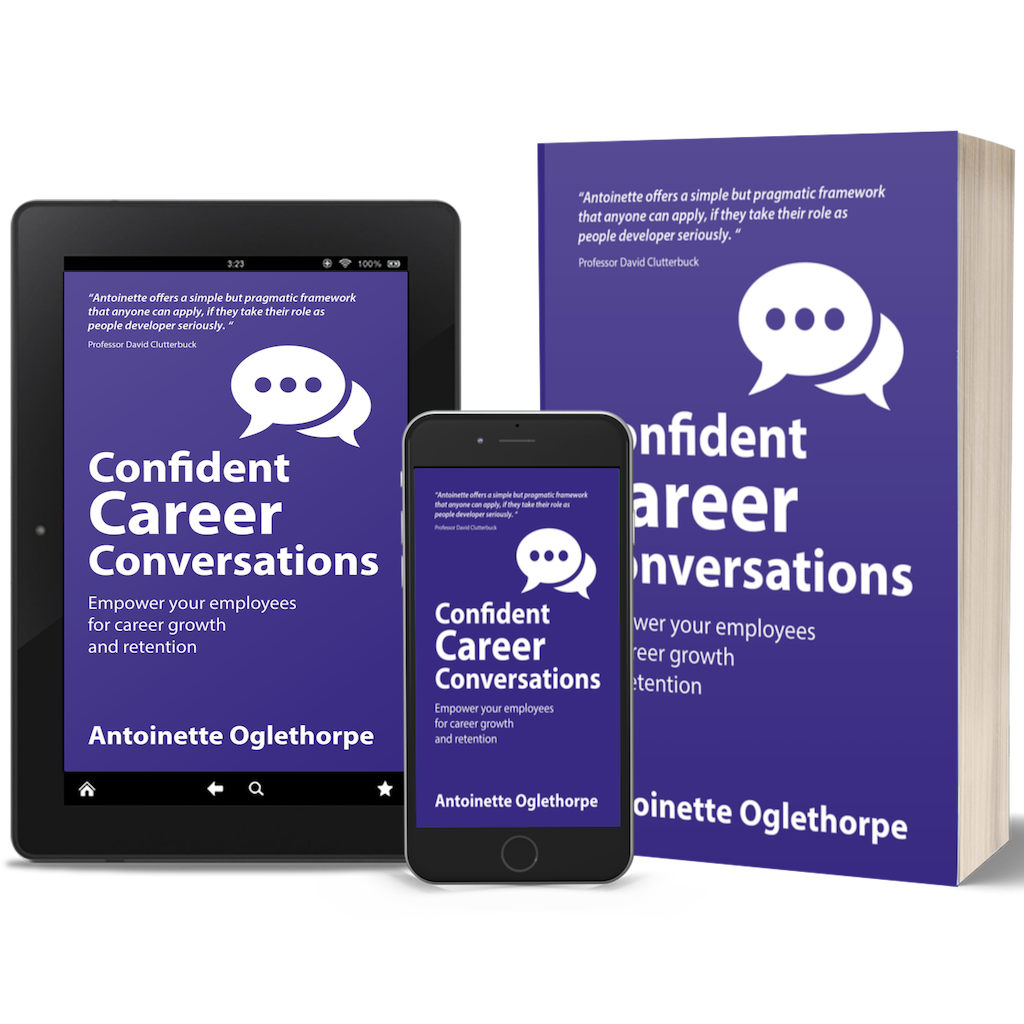A few weeks ago I wrote a blog post on the Seven Steps to Effective Partnership Working. In it I shared the PARTNER model I developed to strengthen working relationships between individuals, teams, departments and organisations.
Today I thought I’d share how I used the model in a “Partnership Working” workshop and the tools and techniques the group found most helpful. The manager described the problem he was trying to address like this.
“It’s not quite ‘conflict resolution’ (that makes it sound a bit too much like a minor problem in the Middle East or something), but more about how to persuade others and work productively with them to achieve our goals. We rarely have daggers at dawn but are often frustrated by what we see as barriers from others.”
At the end of the workshop he said:
“That was just what we needed. The PARTNER model is practical, useful and immediately applicable. We’re going to use it to think through every partnership we work in.”
Would you like to achieve that in your organisation? These are the steps I followed:
How to Develop Partnership Working – Step by Step
1. Interdependency Mapping
I asked team members to start by identifying the key which can help or hinder their performance and to identify the top 3 or 4 which they consider to be most critical.
“It was good to focus on real issues”
2. Platform Definition
After an introduction to the PARTNER model, we focused on the Platform Definition to help the team frame the situation positively. I asked the team members to think through the following for one of the key relationships they’d identified:
- Decide What (What is the purpose of the partnership?)
- Decide If (Is partnership working the right approach?)
- Decide How (How would you like the partnership to work?)
“I really enjoyed the group exercises and working with the team – good to share”
3. A Day in the Life of Your Partner
In an ideal world, the two or more partners who are working together would discuss and agree what successful partnership working would look like. Since I only had one team with me in the workshop I encouraged them to put themselves in their partners’ shoes by thinking through a day in the life of their partner. I asked them to produce a pen portrait for their partner that reflected what was important to them, the challenges they face, their hopes, goals etc.
“It’s good to know that problems are common and communication can work”
4. Create a Shared Positive Picture of the Future.
Having encouraged the team members to think about their partners’ view as well as their own, I asked team members to project themselves into the future and to suppose partnership working has been hugely successful. I asked them to create a Storyboard showing how the partners have worked together and what has happened as a result.
“Working in teams to produce drawings about the vision was good fun.”
“Helping to tease out common goals was a very helpful exercise”
5. Notice Past Success
To help the team identify what is already working about the partnership and the past successes that they can build on, I asked the team to imagine a scale of 1 to 10. I said that 10 was the shared positive picture of the future they had just created and 1 was the complete opposite. I asked team members to rate where on the scale they thought they were now and identify what is in place, what progress they have made in partnership working and what results they have achieved.
6. Express Appreciation
To help participants recognise the value of differences and appreciate their partners for the skills and resources they have, I ran an “Express Appreciation” activity. I asked each team member to write on a piece of paper what they value about each partner (including their own team).
7. Idea Generation & Next Steps
Finally, the group worked on developing possible ideas on how to progress up the scale and improve their partnership working. Then each person picked one or two small steps with which they could make the maximum impact over the next days and weeks.
“It was great to have the opportunity to discuss ideas”
“Very informative good discussions came out of it – enjoyed all of it”
Style of Workshop
I designed the workshop using brain friendly techniques that engage both halves of the brain, used multiple channels and experiences to engage body and brain ensure participants had fun.
“It was great to see everyone so engaged”
“It was relaxed, inclusive, very well facilitated”
“Very useful, with new ideas, informative”
My Recommendation
If you want to run a similar workshop in your organisation, I strongly recommend you invest time and effort designing it according to these principles or invest in a skilled facilitator who can help you.
What do you think? Would such an approach be helpful in your organisation? Please share your thoughts below on the challenges you have with partnership working. .



